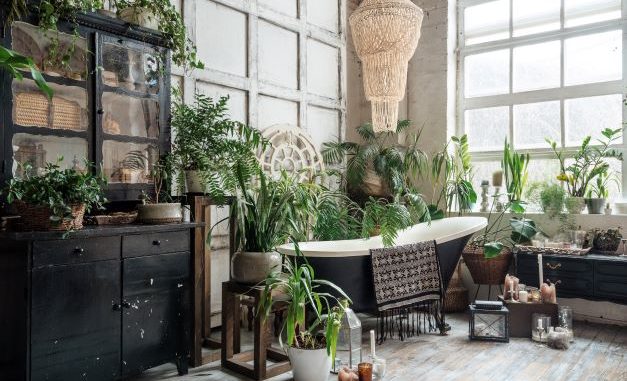
Are you an antique furniture lover? If so, you know that taking care of these pieces is important. Not only do they add character and style to your home, but they can also be quite valuable. Follow these simple steps by Westland London to keep your antique furniture looking great for years to come.
Be Careful When Moving Antique Furniture
When you’re moving antique furniture, take extra care to avoid damaging it. Use padded furniture sliders when necessary and be careful not to bump or drop the piece. To ensure that your antique pieces are safe during transport, it’s important to hire a professional.
Even if moving furniture around the same room doesn’t seem like a big deal, don’t underestimate how much attention must go into taking care of these items properly!
It’s important to take precautions when handling antique furniture, since it might be delicate. Some pieces may be quite fragile. To ensure they don’t get damaged while being moved, pack and wrap them carefully. The exact method depends on the piece itself. For example, if your antique is wrapped in a cloth material, it is necessary to wrap it in acid-free plastic first. This will provide protection against liquids, dirt, debris etc. Additionally, the plastic won’t leach out colours or damage the fabric.
If you have to move an antique piece of wooden furniture, you’ll need moving pads. These are much larger and thicker than normal pads that movers use regularly. It’s best to wrap your larger
antique items in these kinds of pads and secure them with packing tape.
Avoid Direct Sunlight
Too much sunlight can damage antique furniture, causing the wood to fade and the finish to deteriorate. Store your antique in a place that will keep it safe from UV rays and moisture. This
could cause discolouring or materials drying out which could lead to fading or cracking!
Mould is also an issue – if you don’t want this on anything else, then make sure your antiques are uncovered while storing so as not give them enough time spent inside their box before being
exposed again later down the line.
Dust Regularly
If you’re looking to give your antique furniture the best care possible, then get into the habit of good dusting. Dusting your furniture on a regular basis will help to keep it looking its best. Use a soft, clean cloth to dust all surfaces of the furniture, taking care to get into all the nooks and
crannies.
A duster will become an invaluable tool in maintaining its originality and preserving its beauty! After frequent cleaning sessions with this simple household item (and some elbow grease!), all those cobwebs are sure be gone while ensuring that musty smells don’t set into cracks on cushions or legs either.
Polish as Needed
Many types of antique furniture benefit from a good polishing. Use a quality furniture polish and follow the manufacturer’s instructions carefully. Be sure to test the polish on an inconspicuous area of the furniture first to be sure it won’t damage the finish.
Applying a wax polish can be the key to protecting your antique furniture from water damage. A small tub of quality product will last for many applications and keep its original finish longer than if you were using silicone-based products that build up on surfaces over time; not only does this make them harder (and more expensive) but also problematic when cleaning those items due
dirty hands or spills!
When you’re finished polishing, buff with a clean towel to remove any excess residue. Again make sure that the wax has fully dried before attempting this step – it could take 1-2 days for
certain materials depending on how much was used and their size in general so plan accordingly!
Waxing antique furniture can be a tricky business and it’s important not to overdo it. The usual recommendation is 1-2 times per year, but all materials are different so do some research
before you get started!
Clean Spills Immediately
If you spill something on your antique furniture, it’s important to clean it up right away. Use a clean, dry cloth to blot up the spill and then follow with a mild soap and water solution if
necessary. Be sure to dry the area completely to prevent any water damage.
For more serious spills, it’s best to consult a professional. They will be able to clean the piece without causing any damage. Be careful when using cleaning products on your antique furniture. Many commercial cleaners contain harsh chemicals that can damage the finish or even the wood itself. When in doubt, always test the cleaner on a small, hidden area of the furniture first to be sure it’s safe to use. Also, to prevent water rings, always use coasters when placing beverages on your antique furniture.
Inspect Regularly
Be sure to inspect your antique furniture regularly for any damage. If you see any cracks, scratches, or other damage, take steps to repair it right away. The longer you wait, the worse the damage will become. If you’re not sure how to repair the damage, consult a professional. They will be able to fix the piece without causing any further damage.
Wrapping Up
By taking proper care of your antique furniture, you can keep it looking its best for many years to come. Just be sure to dust it regularly, polish as needed, and clean up any spills right away. Inspect the furniture constantly for any damage and repair it as soon as possible. With a little bit of care, your antique furniture will stay in great condition for years to come. Thanks for reading!